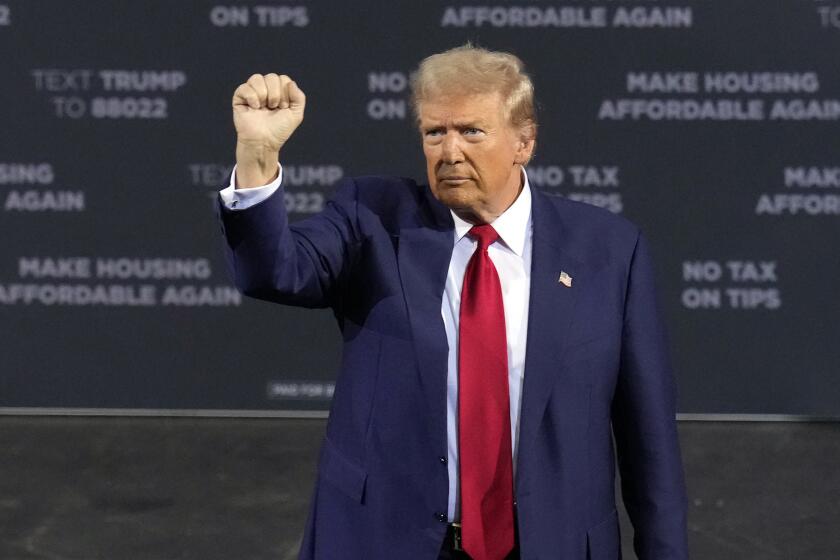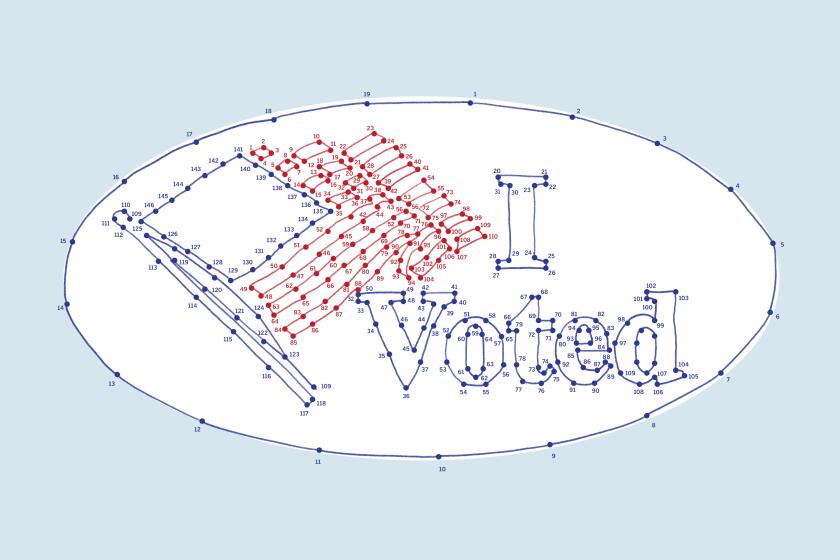Trump, a real estate developer, has fewer specifics than his opponent in addressing housing affordability. Most significantly, he has tied his plan for mass deportations to housing.
The Republican nominee said his administration would remove 11 million immigrants living in the country illegally by having the National Guard, local police forces in cooperative states and the military go door-to-door in a process that he said recently would be a “bloody story.” The effort would cause widespread disruption to families, including those having a mix of U.S. citizens and those living in the country illegally, and to the economy.
Trump’s campaign has said the reduction in the population would lessen demand for housing and therefore lower costs. Some research has shown that immigration in general — not limited to those living in the country illegally — can increase housing prices and rents in U.S. cities that have been destinations for migrants.
But the picture is more complicated. Migrants living in the country illegally have been more likely to live in overcrowded conditions, meaning their departure would leave fewer units available. Undocumented laborers make up a significant portion of the construction workforce. A recent paper from researchers at the University of Utah and University of Wisconsin found that greater immigration enforcement led to less homebuilding, higher home prices and fewer jobs for domestic construction workers.
Aside from immigration, Trump has called for cutting regulations that make it more difficult to build housing. At the same time, he wants to preserve local zoning regulations that prohibit the construction of affordable housing in areas set aside for single-family homes. On the latter point, Trump has said he would reverse Biden administration efforts to integrate wealthy communities with lower-cost housing, policies that the former president called “Joe Biden’s sinister plan to abolish the suburbs.” As a landlord in the 1970s, Trump settled a Justice Department lawsuit in New York that accused his family’s company of discriminating against Black tenants.
Trump has pointed to lowering interest rates to help with affordability. To combat inflation in recent years, the Federal Reserve raised rates, which led to a dramatic increase in mortgage costs and a chill on homebuying. Trump’s pledge to bring them down conflicts with the historical independence of the Federal Reserve in rate setting, which is supposed to guard against prioritizing political over economic concerns.
Harris and Trump share one idea for housing affordability, though they’re both light on details: making more federally owned land available for housing development.
Trump’s campaign said that housing affordability worsened during Biden and Harris’ time in office and that the former president would improve the situation.
“He will rein in federal spending, stop the unsustainable invasion of illegal aliens which is driving up housing costs, cut taxes for American families, eliminate costly regulations and free up appropriate portions of federal land for housing,” said Karoline Leavitt, a Trump campaign spokesperson, in a statement.



























